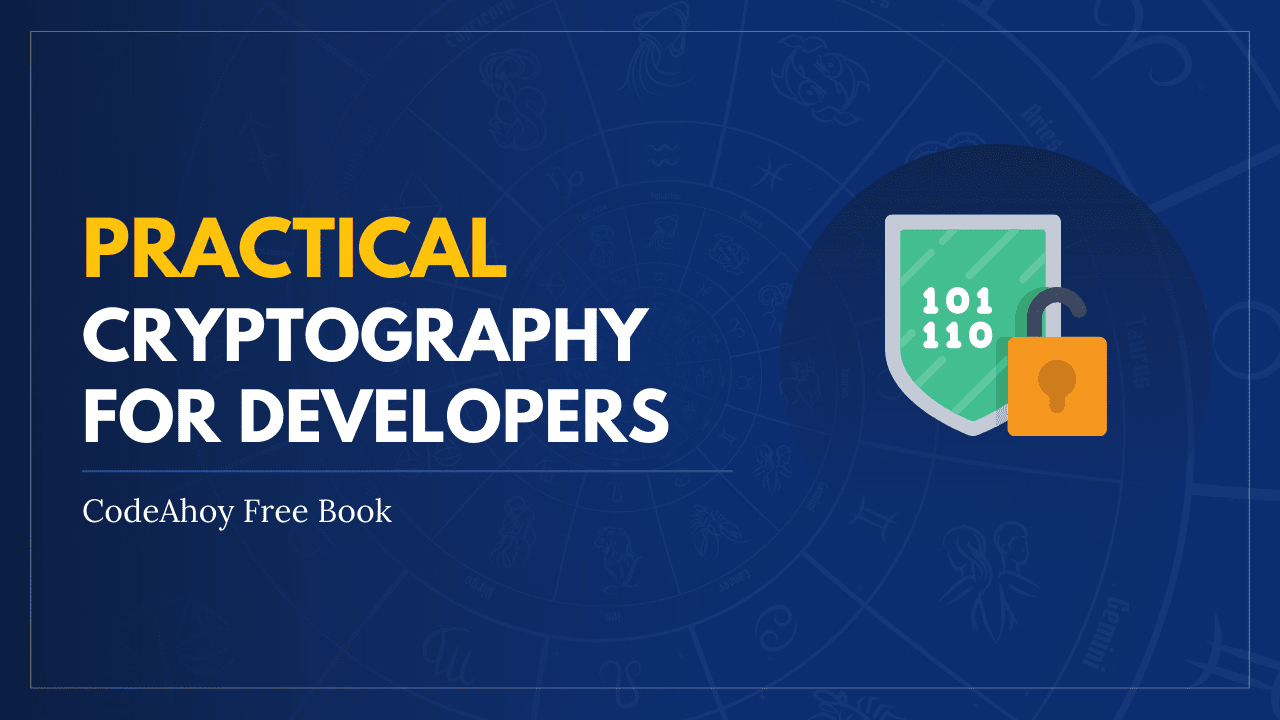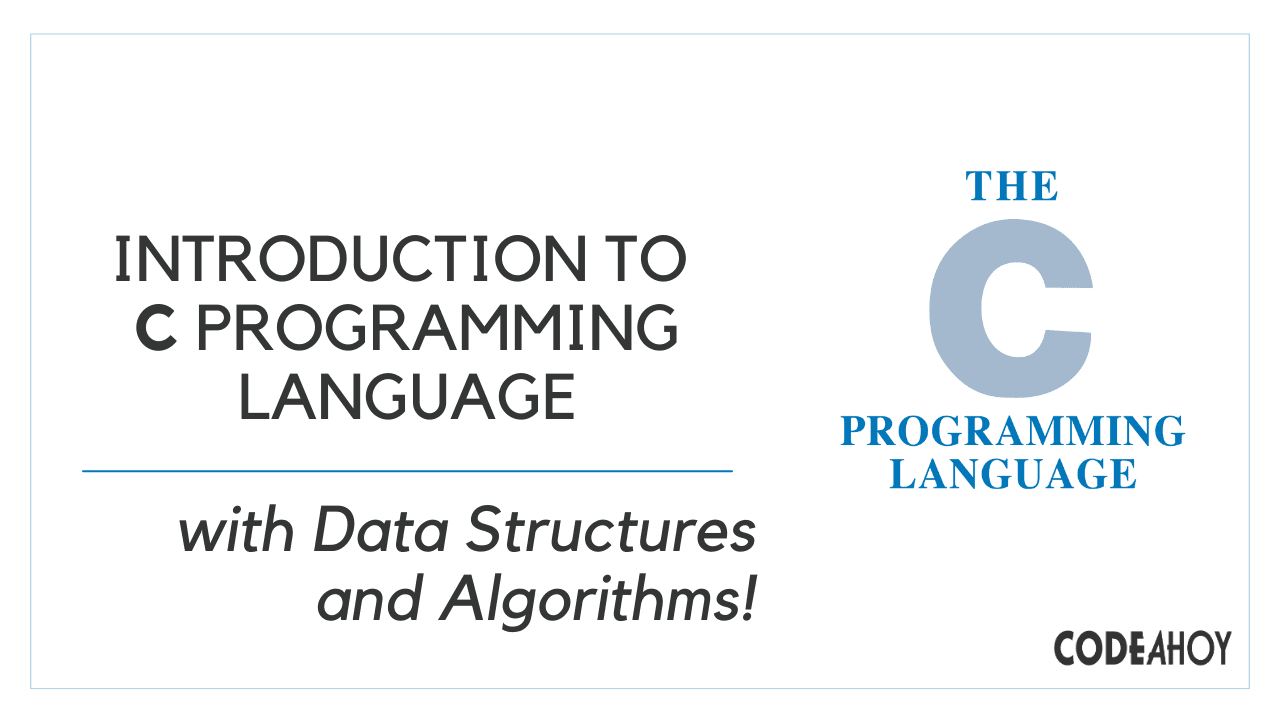Books / Crypto 101 / Chapter 8
Signature algorithms
A signature algorithm is the public-key equivalent of a message authentication code. It consists of three parts:
- a key generation algorithm, which can be shared with other public-key algorithms
- a signature generation algorithm
- a signature verification algorithm
Signature algorithms can be built using encryption algorithms. Using the private key, we produce a value based on the message, usually using a cryptographic hash function. Anyone can then use the public key to retrieve that value, compute what the value should be from the message, and compare the two to verify. The obvious difference between this and public-key encryption is that in signing, the private key is used to produce the message (in this case the signature) and the public key is used to interpret it, which is the opposite of how encryption and decryption work.
The above explanation glosses over many important details. We’ll discuss real schemes in more detail below.
RSA-based signatures
DSA
The Digital Signature Algorithm (DSA) is a US Federal Government standard for digital signatures. It was first proposed by the National Institute of Standards and Technology (NIST) in 1991, to be used in the Digital Signature Standard (DSS). The algorithm is attributed to David W. Kravitz, a former technical advisor at the NSA.
DSA key generation happens in two steps. The first step is a choice of parameters, which can be shared between users. The second step is the generation of public and private keys for a single user.
Parameter generation
We start by picking an approved cryptographic hash function \(H\). We also pick a key length \(L\) and a prime length \(N\). While the original DSS specified that \(L\) be between 512 and 1024, NIST now recommends a length of 3072 for keys with a security lifetime beyond 2030. As \(L\) increases, so should \(N\).
Next we choose a prime \(q\) of length \(N\) bits; \(N\) must be less than or equal to the length of the hash output. We also pick an L-bit prime \(p\) such that \(p-1\) is a multiple of \(q\).
The last part is the most confusing. We have to find a number \(g\) whose multiplicative order \(\pmod{p}\) is \(q\). The easy way to do this is to set \(g \equiv 2^{(p-1)/q} \pmod{p}\). We can try another number greater than 2, and less than \(p-1\), if \(g\) comes out to equal 1.
Once we have parameters \((p, q, g)\), they can be shared between users.
Key generation
Armed with parameters, it’s time to compute public and private keys for an individual user. First, select a random \(x\) with \(0 < x < q\). Next, calculate \(y\) where \(y \equiv g^x \pmod{p}\). This delivers a public key \((p, q, g, y)\), and private key \(x\).
Signing a message
In order to sign a message, the signer picks a random \(k\) between 0 and \(q\). Picking that \(k\) turns out to be a fairly sensitive and involved process; but we’ll go into more detail on that later. With \(k\) chosen, they then compute the two parts of the signature \(r, s\) of the message \(m\):
\[r \equiv (g^k \pmod p) \pmod q\] \[s \equiv k^{-1} (H(m) + xr) \pmod q\]If either of these happen to be 0 (a rare event, with 1 in \(q\) odds, and \(q\) being a pretty large number), pick a different \(k\).
Verifying a signature
Verifying the signature is a lot more complex. Given the message \(m\) and signature \((r, s)\):
\[w \equiv s^{-1} \pmod q\] \[u_1 \equiv wH(m) \pmod q\] \[u_2 \equiv wr \pmod q\] \[v \equiv (g^{u_1}y^{u_2} \pmod p) \pmod q\]If the signature is valid that final result \(v\) will be equal to \(r\), the second part of the signature.
The trouble with \(k\)
While there is nothing wrong with DSA done right, it’s very easy to get it wrong. Furthermore, DSA is quite sensitive: even a small implementation mistake results in a broken scheme.
In particular, the choice of the signature parameter \(k\) is critical.
The requirements for this number are among the strictest of all random
numbers in cryptographic algorithms. For example, many algorithms
require a nonce. A
nonce just has to be unique: you can
use it once, and then you can never use it again. It doesn’t have to be
secret. It doesn’t even have to be unpredictable. A
nonce can be implemented by a simple
counter, or a monotonic clock. Many other algorithms, such as
CBC mode, use an initialization vector.
It doesn’t have to be unique: it only has to be unpredictable. It also
doesn’t have to be secret: initialization vectors are typically tacked
on to the ciphertext. DSA’s requirements for the \(k\) value are a
combination of all of these:
- It has to be unique.
- It has to be unpredictable.
- It has to be secret.
Muddle with any of these properties, and an attacker can probably retrieve your secret key, even with a modest amount of signatures. For example, an attacker can recover the secret key knowing only a few bits of \(k\), plus a large amount of valid signatures.
It turns out that many implementations of DSA don’t even get the uniqueness part right, happily reusing \(k\) values. That allows a direct recovery of the secret key using basic arithmetic. Since this attack is much simpler to understand, very commonly applicable, and equally devastating, we’ll discuss it in detail.
Suppose that an attacker sees multiple signatures \((r_i, s_i)\), for different messages \(m_i\), all with the same \(k\). The attacker picks any two signatures \((r_1, s_1)\) and \((r_2, s_2)\) of messages \(m_1\) and \(m_2\) respectively. Writing down the equations for \(s_1\) and \(s_2\):
\[s_1 \equiv k^{-1} (H(m_1) + xr_1) \pmod q\] \[s_2 \equiv k^{-1} (H(m_2) + xr_2) \pmod q\]The attacker can simplify this further: \(r_1\) and \(r_2\) must be equal, following the definition:
\[r_i \equiv g^k \pmod q\]Since the signer is reusing \(k\), and the value of \(r\) only depends on \(k\), all \(r_i\) will be equal. Since the signer is using the same key, \(x\) is equal in the two equations as well.
Subtract the two \(s_i\) equations from each other, followed by some other arithmetic manipulations:
\[\begin{aligned} \begin{aligned} s_1 - s_2 & \equiv & k^{-1} (H(m_1) + xr) - k^{-1} (H(m_2) + xr) \pmod q \\ & \equiv & k^{-1} \left( (H(m_1) + xr) - (H(m_2) + xr) \right) \pmod q \\ & \equiv & k^{-1} (H(m_1) + xr - H(m_2) - xr) \pmod q \\ & \equiv & k^{-1} (H(m_1) - H(m_2)) \pmod q \end{aligned} \end{aligned}\]This gives us the simple, direct solution for \(k\):
\[k \equiv \left(H(m_1) - H(m_2)\right) \left(s_1 - s_2\right)^{-1} \pmod q\]The hash values \(H(m_1)\) and \(H(m_2)\) are easy to compute. They’re not secret: the messages being signed are public. The two values \(s_1\) and \(s_2\) are part of the signatures the attacker saw. So, the attacker can compute \(k\). That doesn’t give him the private key \(x\) yet, though, or the ability to forge signatures.
Let’s write the equation for \(s\) down again, but this time thinking of \(k\) as something we know, and \(x\) as the variable we’re trying to solve for:
\[s \equiv k^{-1} (H(m) + xr) \pmod q\]All \((r, s)\) that are valid signatures satisfy this equation, so we can just take any signature we saw. Solve for \(x\) with some algebra:
\[sk \equiv H(m) + xr \pmod q\] \[sk - H(m) \equiv xr \pmod q\] \[r^{-1}(sk - H(m)) \equiv x \pmod q\]Again, \(H(m)\) is public, plus the attacker needed it to compute \(k\), anyway. They’ve already computed \(k\), and \(s\) is plucked straight from the signature. That just leaves us with \(r^{-1} \pmod q\) (read as: “the modular inverse of \(r\) modulo \(q\)”), but that can be computed efficiently as well. (For more information, see the appendix on modular arithmetic; keep in mind that \(q\) is prime, so the modular inverse can be computed directly.) That means that the attacker, once they’ve discovered the \(k\) of any signature, can recover the private key directly.
So far, we’ve assumed that the broken signer would always use the same \(k\). To make matters worse, a signer only has to re-use \(k\) once in any two signatures that the attacker can see for the attack to work. As we’ve seen, if \(k\) is repeated, the \(r_i\) values repeat as well. Since \(r_i\) is a part of the signature, it’s very easy to see when the signer has made this mistake. So, even if reusing \(k\) is something the signer only does rarely (because their random number generator is broken, for example), doing it once is enough for the attacker to break the DSA scheme.
In short, reusing the \(k\) parameter of a DSA signing operation means an attacker recovers the private key.
ECDSA
As with regular DSA, the choice of \(k\) is extremely critical. There are
attacks that manage to recover the signing key using a few thousand
signatures when only a few bits of the nonce leak.
Repudiable authenticators
Signatures like the ones we described above provide a property called non-repudiation. In short, it means that you can’t later deny being the sender of the signed message. Anyone can verify that the signature was made using your private key, something only you could do.
That may not always be a useful feature; it may be more prudent to have a scheme where only the intended recipient can verify the signature. An obvious way to design such a scheme would be to make sure that the recipient (or, in fact, anyone else) could have computed an identical value.
Such messages can be repudiated; such a scheme is often called “deniable authentication”. While it authenticates the sender to the intended recipient, the sender can later deny (to third parties) having sent the message. Equivalently, the recipient can’t convince anyone else that the sender sent that particular message.




